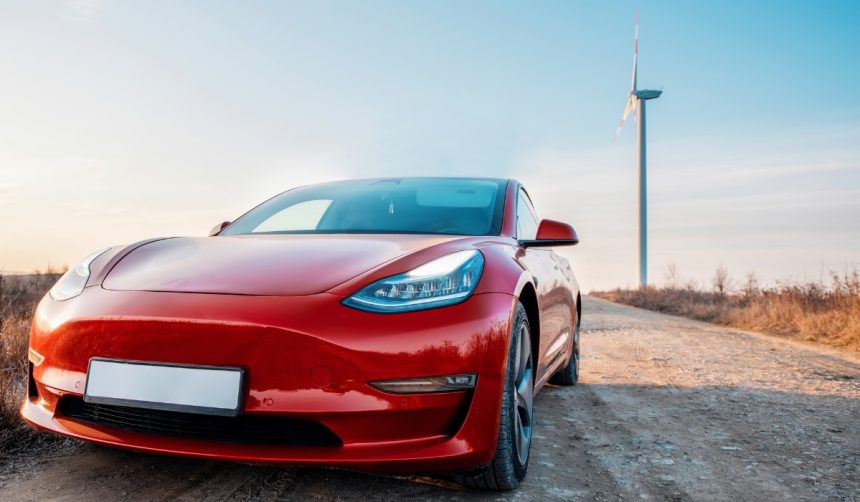Tesla’s sales activity in China picked up speed during the week of September 8–14, 2025, as the company registered the highest number of vehicles for the quarter. While signs of recovery are apparent from recent weekly data, the performance has been mixed throughout the year. Competitors and market analysts are monitoring Tesla’s pace closely, given China’s critical role for global electric vehicle trends. Newly introduced models and variants are under observation to determine if they can make an impact on Tesla’s sales landscape moving forward.
Over previous months, Tesla’s weekly registrations in China experienced notable fluctuations. Earlier quarters in 2025 showed slower momentum compared to the highs reached at the end of 2024. The launch of models such as the extended wheelbase Model Y L marks a strategic effort by Tesla to attract more diverse customer segments, but registration volumes for this variant remain moderate compared to the core Model Y. Earlier reports had projected stronger growth post-launch; however, the uptrend has been gradual rather than immediate. This measured pace reflects a competitive market and evolving consumer expectations in the electric vehicle segment.
What Drove the Weekly Registration Rise?
During the week in review, Tesla recorded 15,350 insurance registrations in China — a 7.3% increase compared to the previous week, making it the strongest result for any week in the third quarter of 2025. Among the models, the Model Y remained the main contributor, leading with 9,460 registrations for its standard version, and 1,030 registrations for the new six-seat Model Y L. The Model 3 contributed 4,860 units to the total, collectively ensuring the company maintained visibility in the competitive Chinese market. Tesla China commented,
“We view the recent uptick in Model Y L interest as promising for our localized lineup.”
Can Model Y L Influence Quarterly Performance?
The Model Y L, introduced in late August, registered a modest rise from the 900 units noted the prior week. Despite this increase, it remains uncertain whether the new variant will meaningfully shift Tesla’s overall third-quarter results, as the bulk of registrations continue to come from the standard Model Y. Analysts anticipate that sales from the Model Y L could gradually build and possibly reach more significant levels later in the year or next quarter. The company is optimistic about future trends, stating,
“Continued interest in newer variants shows evolving demand in China’s EV sector.”
Where Does Tesla Stand in China’s EV Market?
Tesla’s total retail sales in China in August 2025 reached 57,152 vehicles, representing a 9.9% dip from the same period last year but signaling a substantial recovery from July’s lower figures. The quarter-to-date growth stands at 34.4% over the previous quarter, yet it trails by 11% compared with a year earlier. Over the year 2025 so far, Tesla is running about 7% behind the same cumulative period from 2024. The outcome for the entire quarter will depend on how the brand finishes the final weeks, particularly as new variants are introduced and the competition keeps intensifying.
Ongoing weekly registration reports such as these are closely scrutinized for signs of sustainable recovery or potential plateauing in Tesla’s largest non-U.S. market. The numbers reinforce Tesla’s focus on consolidating its position through incremental model updates rather than dramatic volume surges. For EV buyers and industry watchers, Tesla’s activity in China is an indicator of broader consumer sentiment, regulatory effects, and the pace at which new products can drive incremental demand. Consumers interested in Tesla vehicles, particularly the new Model Y L, should follow near-term trends as more data from the Chinese market becomes available. For those considering an EV purchase, understanding how different trims perform in emerging markets like China sheds light on both availability and potential waiting periods for popular configurations.
- Tesla’s weekly registrations rose 7.3% to a Q3 high in China.
- Model Y continued to dominate, while Model Y L’s impact stayed limited.
- Quarterly and year-on-year figures remain below previous peaks.










